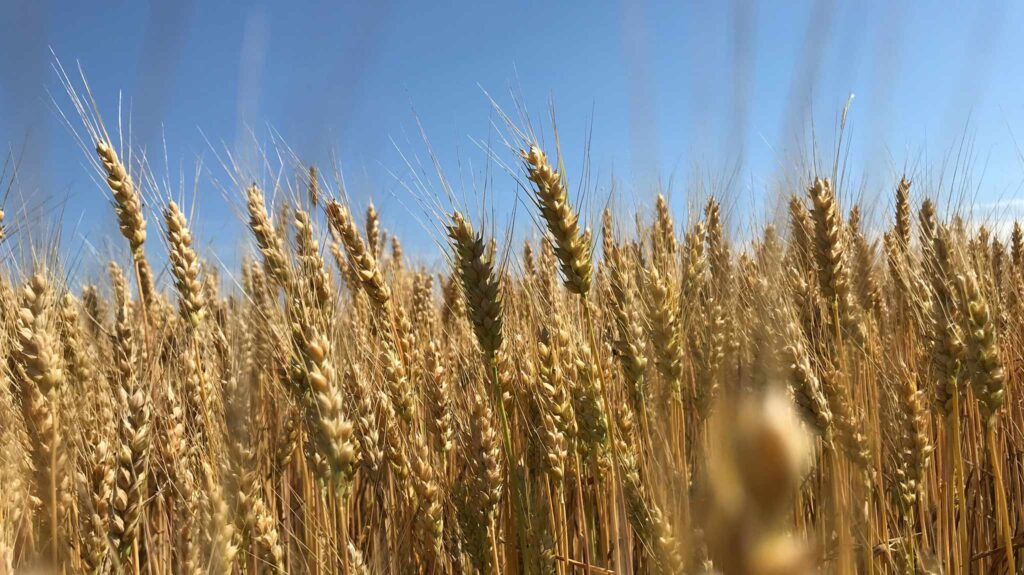Commentary provided by Chad Burlet of Third Street AG Investments
For corn and soybeans, it was a quiet harvest month as far as prices were concerned. Futures contracts for both crops had only 5-7% trading ranges and settled within 1% of where they were a month ago. The U.S. harvest is progressing well, with both crops ahead of their five-year averages.
The big move in U.S. grain prices was in Kansas City, where wheat futures dropped more than 5% this month. HRW is now very well priced versus the other wheat classes; it narrowed 49 cents versus Chicago this month, and it has moved to an 80-cent discount to Minneapolis. Last spring, it was 60 cents over Minneapolis. Just as importantly, it has moved from $3.60 over corn in late July to $1.50 over corn today. In the last few days, we’ve received confirmed reports of HRW feeding in both Kansas and Colorado. This comes only two weeks after China bought a cargo of U.S. HRW. Domestic HRW millers are now being forced to raise their bids.
Wheat Market
Due to quality problems with their wheat crop, China will be the world’s largest wheat importer this year. Through September, they’ve already set a calendar year record of ten million metric tons (MMT) of imports, with the entire fourth quarter yet to go. Reuters ran a story this week that spoke of recent Chinese purchases from Australia and France that exceeded two MMT in each country.
Oilseed Complex
In the oilseed complex, the big move was in the price relationship between soymeal and soyoil, with meal futures gaining 13% and oil futures losing 8%. Amazingly, as we mentioned, soybean futures were virtually unchanged. Crush margins remain excellent, and Louis Dreyfus announced plans to build a new processing plant in Ohio. That is just one of many plants that are on the drawing board or are in some phase of construction. The U.S. is exporting soymeal at a record pace, and that should continue until the South American new crop is harvested.
Argentina’s Agricultural Landscape
Argentina has been in the headlines not only because of last year’s drought and its currency woes but also because of its Presidential Primary and the upcoming Presidential Runoff. It’s reasonable to expect some change in Farm Policy regardless of who wins on November 19th.
Future Considerations
Looking forward, we think production economics in the U.S. and Brazil bear close attention. Brazil currently estimates its upcoming corn crop at 119.4 MMT, almost ten MMT below the USDA’s estimate. Brazil sees significantly fewer hectares because of a lack of profitability and more attractive alternatives. On a similar note, the University of Illinois calculates that planting soybeans is profitable and corn is unprofitable for the center of the Midwest. It’s not the function of the market to ensure profitability, but it is responsible for attracting sufficient production. If the soybean:corn ratio for 2024 moves any further in favor of soybeans, that will be an opportunity to buy corn and sell soybeans.
Photo by Liz Joseph on Unsplash

